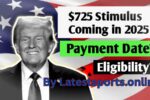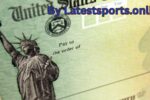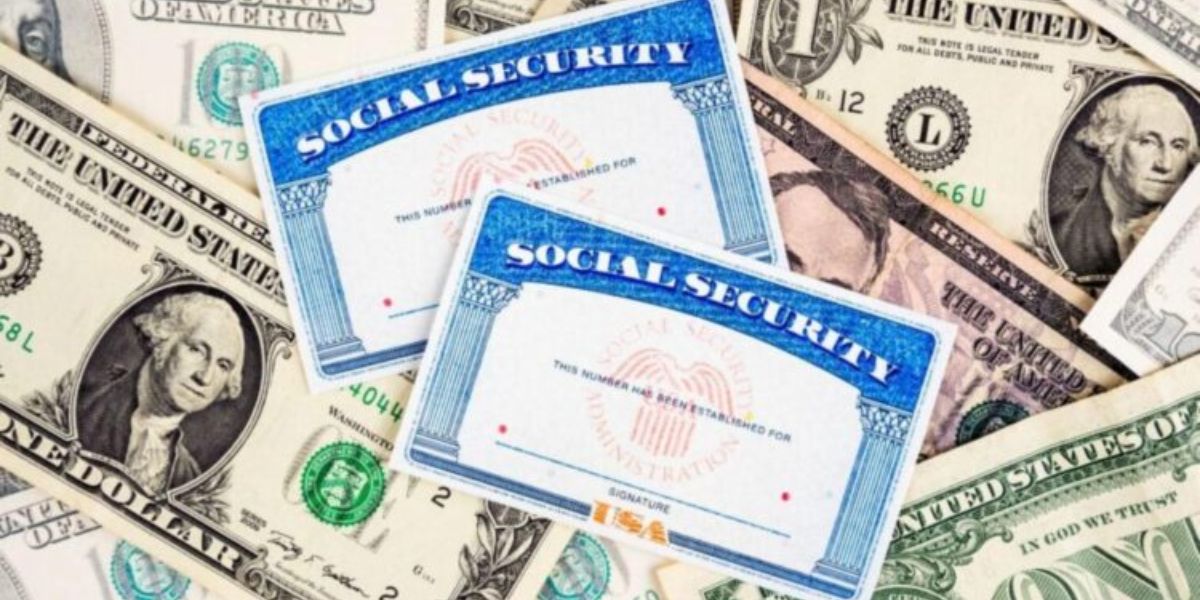For security reasons, the United States Transportation Security Administration (TSA) has some regulations regarding the volume of liquids, aerosols, gels, creams and pastes travelers can carry in their carry-on bag and through the checkpoint. However, there are some exceptions to the rule.
According to the TSA website, travelers are allowed to bring a quart-size bag of liquids, aerosols, gels, creams and pastes in their carry-on bag.
Each of these is limited to travel-size containers that are 3.4 ounces (100 milliliters) or less. Any items in containers larger than this can only go in checked baggage.
The 3-1-1 liquids rule
The 3-1-1 rule is a regulation set by the Transportation Security Administration (TSA) to all passengers traveling within and departing from the United States. This rule is also enforced by other countries worldwide as the 100 milliliter rule. The rule is simple: 3 stands for 3.4 ounces (or 100 ml) or less per item, 1 quart-sized bag, and 1 bag per passenger.
The 3-1-1 rule was introduced in 2006 to prevent liquid explosives from being carried onto planes after a thwarted terrorist plot in which chemicals concealed in drink bottles would have been used to down multiple transatlantic flights.
The full-size liquids that are allowed in carry-on baggage
According to the TSA, liquid items packed in containers of more than 3.4 ounces (100 milliliters) are only allowed in checked baggage. However, the TSA has some exceptions when it comes to full-size liquids:
Prescription medications
Travelers are allowed to carry larger amounts of medically necessary liquids, gels and aerosols in reasonable quantities for their flight.
Over-the-counted medications
Non prescribed drugs are allowed if they are medically necessary. Contact lens solution is included.
Breast milk and formula
The TSA includes breast milk and formula in the “medically necessary” category, and notes that the child doesn’t need to be present for this exception.
Baby and toddler food and drinks
Together with breast milk and formula, baby and toddler nourishments technically fall in the “medically necessary” category. Water for babies is also allowed in “reasonable quantities”:
Liquid teethers
TSA recognises the importance of liquid-filled teethrs for babies and infants.
Ice, gel and freezer packs
Cooling accessories such as ice, gel and freezer packs may be required to keep any medically necessary items in their required cool state. Other medical accessories also included are IV bags, pumps and syringes.
Fresh eggs
Fresh eggs can be taken in your carry-on bag, but may need to be separated from it for inspection.
Live fish and coral in water
Live fish and coral are also allowed in carry-on baggage, but they need to be carried in transparent containers and be properly inspected.
Biological specimens
Non-infectious specimens in preservative solution, such as formaldehyde or ethanol, can be carried if it’s for scientific research, but they need to be very specifically packed.
Non-spillable batteries
The battery’s voltage must be 12 volts or less with less than 100 watts hour.
Duty-free purchased items
Travelers may carry duty free liquids in secure, tamping-evident bags of more than 3.4 ounces or 100 ml in their carry-on bag. These need to:
- Have been purchased internationally in the last 48 hours, with the person traveling to the U.S. in a connecting flight
- Be packed in a transparent, secure, tamper-evident bag by the retailer
- Come with the original receipt
In order to travel with these approved full-size liquids, travelers should inform TSA officers at the checkpoint before the screening process, and place them in a separate tray. It’s also important to note that rules are constantly changing. For example, hand sanitizer was made an exception during the COVID-19 pandemic, but now must also comply with restrictions.
Is the TSA 3-1-1- rule going away?
The TSA is trying to make the airport security experience less tedious. New cutting-edge computerized tomography (CT) security scanners provide three-dimensional images of baggage contents, and soon it may be possible for more passengers to leave electronics and liquids in their bags, avoiding the hassle of removing them for inspection.
For now though, the 3-1-1 remains the prevailed order when it comes to liquids, gels, aerosols, creams and pastes.







